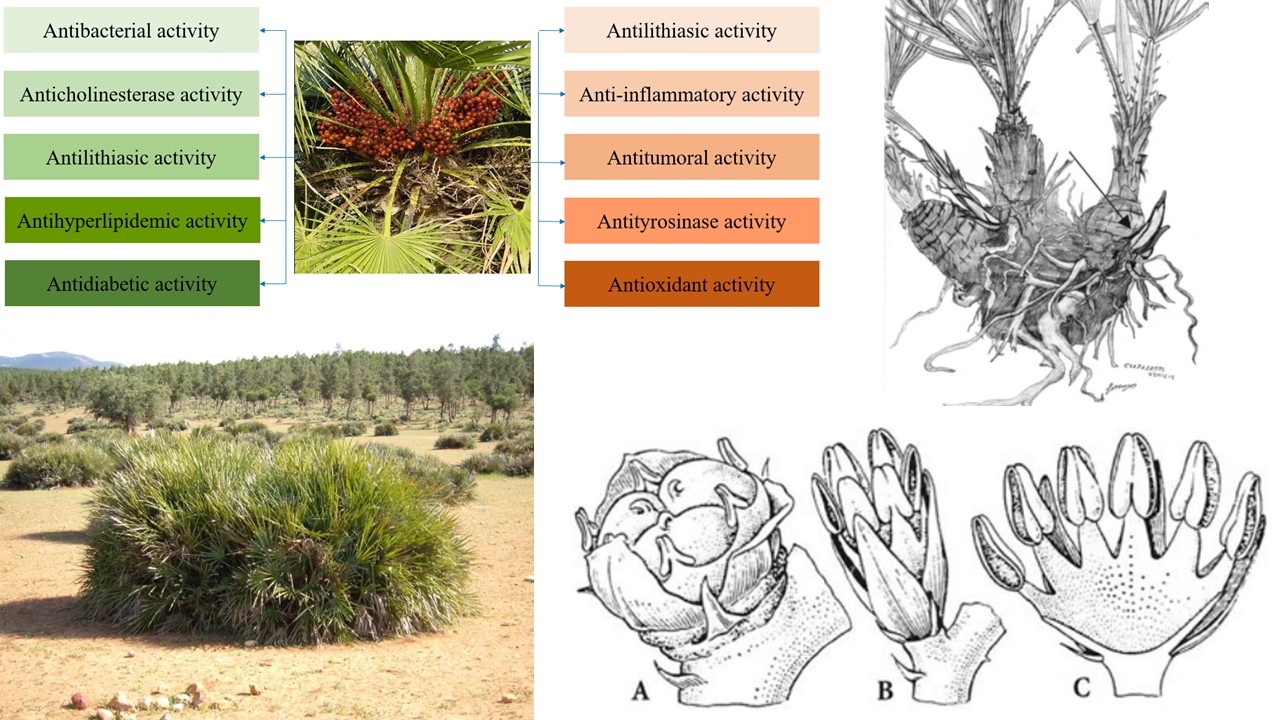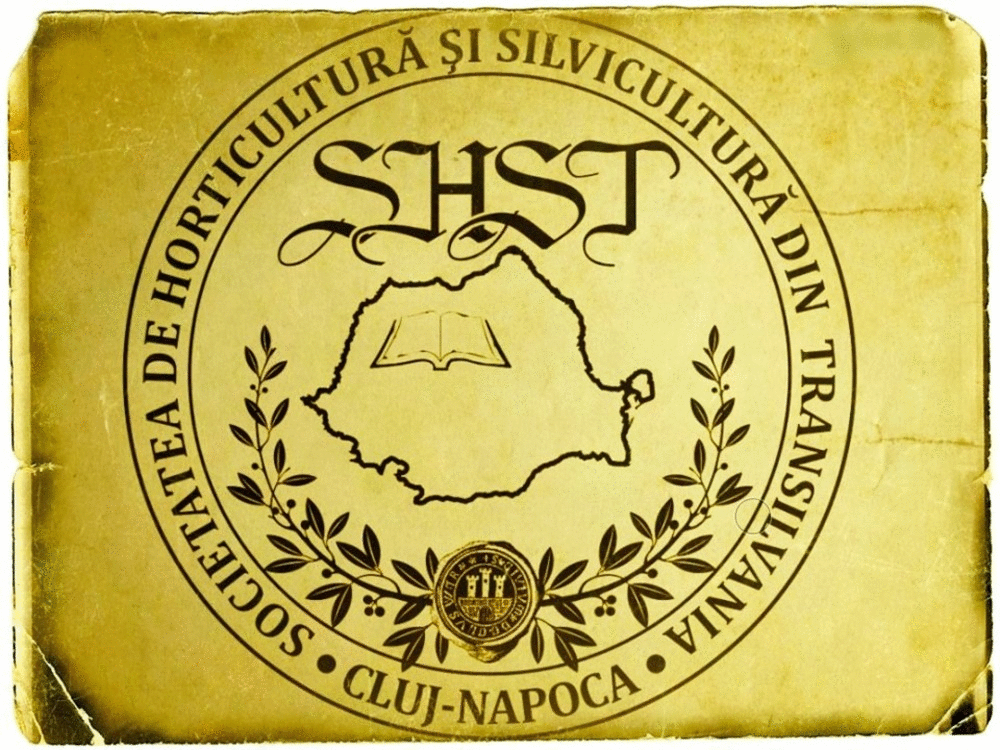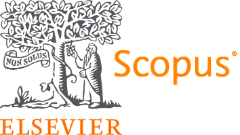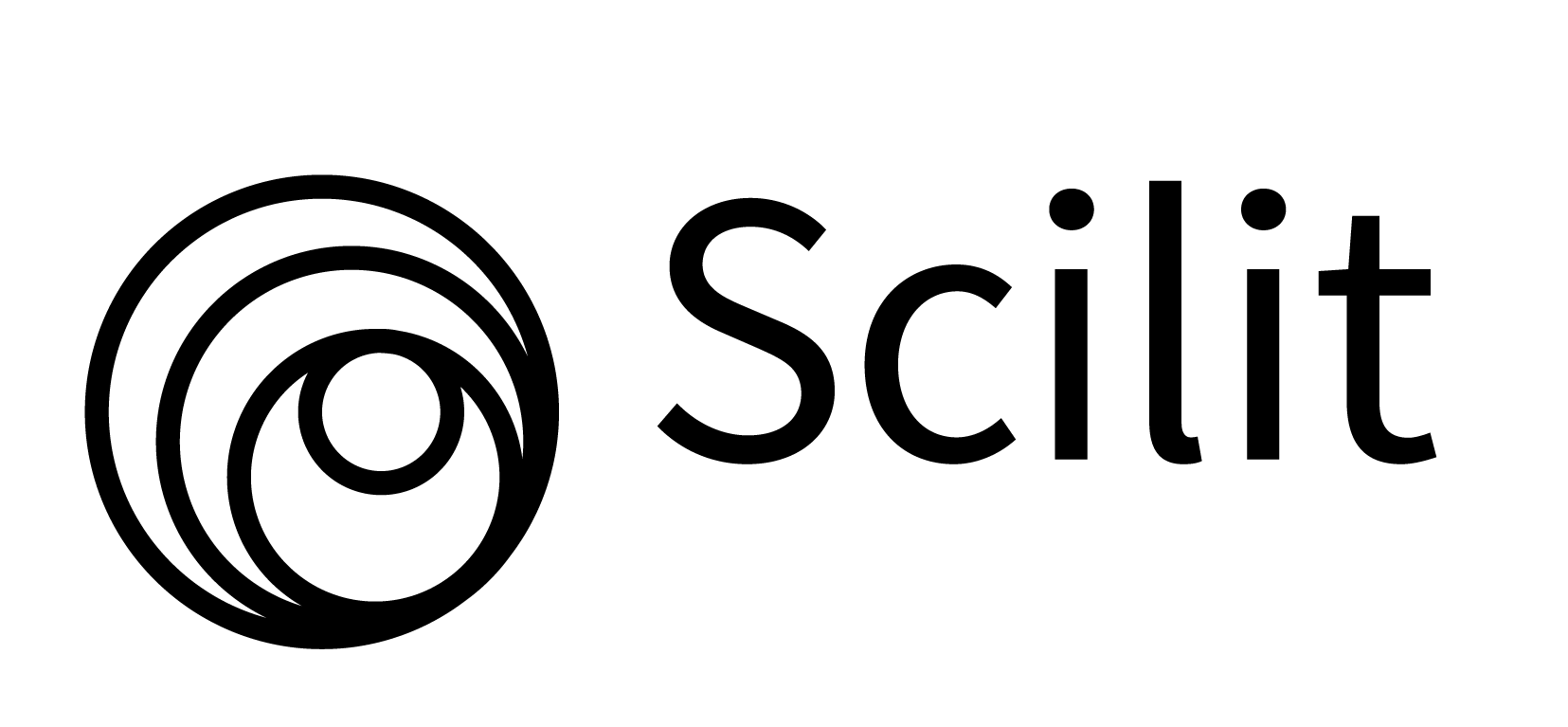Ethnomedicinal use, phytochemistry, pharmacology, and toxicology of Chamaerops humilis: A review
DOI:
https://doi.org/10.55779/nsb15311630Keywords:
biological activities, Chamaerops humilis, ethnomedicinal use, phytochemistry compoundsAbstract
Chamaerops humilis L. is a widespread species in the western and central Mediterranean region. It is used in traditional medicine to treat numerous diseases, particularly diabetes. Aim of the review: This review was devoted to provide valuable information on C. humilis various aspects including its botanical description, taxonomy, geographical distribution, medicinal use, phytochemistry, pharmacological properties, and toxicity. Materials and methods: We searched various scientific databases, such as Scopus, PubMed, Web of Science, SpringerLink, SciFinder, Wiley Online, and Google Scholar, to collect data on C. humilis. The presented data on C. humilis were organized according to botanical description, ethnomedicinal use, bioactive compounds, pharmacology, and toxicological investigation. Results: In traditional medicine, C. humilis was used to treat diabetes, diarrhea, gastritis, gastralgia, constipation, neuronal diseases, and anemia. The extracts and essential oil derived from C. humilis demonstrated various beneficial properties, such asantibacterial, anticholinesterase, antidiabetic, antilithiasic, anti-inflammatory, antitumoral, antioxidant, antityrosinase, and antihyperlipidemic activities. Phytochemical investigations identified several chemical classes of secondary metabolites in C. humilis essential oil and extracts including phenols, sterols, terpenoids, polysaccharides, and fatty acid. Conclusion: Based on the critical analysis of previous studies, further exploration of C. humilis and its bioactive compounds should be conducted for potential medical applications. This may involve isolating and characterizing specific compounds from C. humilis and evaluating their therapeutic potential through preclinical and clinical studies.
Metrics
References
Ahmed SA, Hassan HM, Elghandour AH (2015). Comparative investigation of minerals, amino acids, lipoidal contents and general analysis of Chamaerops humilis L. organs growing in Egypt. The Journal of American Science 11(9):94‑100.
Aicha B, Ahmed B, Ismail Y, Lamine DM, Tiguirangué D, Kheira E, Riad M, Hamdi T, Meriem KH (2019). Chemical composition and mineral contents of leaflets, rachis and fruits of Chamaerops humilis L. Annals: Food Science & Technology 20(1):142-149.
Akbarzadeh E, Ibrahim MM, Rahim AA (2011). Corrosion inhibition of mild steel in near neutral solution by kraft and soda lignins extracted from oil palm empty fruit bunch. International Journal of Electrochemical Science 6(11):5396‑5416. https://doi.org/10.1016/S1452-3981(23)18416-1
Attaallah R, Elfadil D, Amine A (2021). Screening study of enzymatic inhibition of medicinal plants for the treatment of diabetes using a glucometer biosensor approach and optical method. Journal of Herbal Medicine 28:100441. https://doi.org/10.1016/j.hermed.2021.100441
Babili F E, Nigon C, Lacaze L, Millé J, Masiala A, Simm J, Lamade VM, HajAA E (2022). A new colorimetric DPPH radical scavenging activity method: Comparison with spectrophotometric assay in some medicinal plants used in moroccan pharmacopoeia. Pharmaceutical Fronts 4(02):e89‑e102. https://doi.org/10.1055/s-0042-1748031
Beghalia M, Ghalem S, Allali H, Belouatek A, Marouf A (2008). Screening for Anti-crystallisation calcium oxalate urolithiasis activity in Algerian plants. Malaysian Journal of Biochemistry and Molecular Biology 16(1):11-15.
Belhaoues S, Amri S, Bensouilah M, Seridi R (2017). Antioxidant, antibacterial activities and phenolic content of organic frac-tions obtained from Chamaerops humilis L. leaf and fruit. International Journal of Biosciences 11:284‑297. http://dx.doi.org/10.12692/ijb/11.1.284-297
Benmehdi H, Bounoua N, Amrouche A, Lahcene D, Maazouzi A (2013). Phytochemical study, antioxidant and antimicrobial activities of Euphorbia resinifera L. International Research Journal of Pharmacy 4(9):44‑50. https://doi.org/10.7897/2230-8407.04910
Benmehdi H, Hasnaoui O, Benali O, Salhi F (2012). Phytochemical investigation of leaves and fruits of Chamaerops humilis L. Journal of Materials and Environmental Science 3(2):320-337.
Bennaceur M, Bengag A, Marouf A, Bouguedoura N (2010). Phytochemical profile and antioxidant activity of Phoenix dactylifera L., Phoenix canariensis L. and Chamaerops humilis L. Acta Horticulturae 882:1099‑1108. https://doi.org/10.17660/ActaHortic.2010.882.127
Bouhafsoun A, Yilmaz MA, Boukeloua A, Temel H, Harche MK (2018). Simultaneous quantification of phenolic acids and flavonoids in Chamaerops humilis L. using LC–ESI-MS/MS. Food Science and Technology 38:242‑247.
Bouyahya A, Bakri Y, Et-Touys A, Talbaoui A, Khouchlaa A, Charfi S, Abrini J, Dakka N. (2017). Resistance to antibiotics and mechanisms of action of essential oils against bacteria. Phytothérapie 1‑11. https://doi.org/10.3166/phyto-2019-0147
Cadi HE, Bouzidi HE, Selama G, Ramdan B, Majdoub YOE, Alibrando F, Arena K, Lovillo MP, Brigui J, Mondello L (2021). Elucidation of antioxidant compounds in Moroccan Chamaerops humilis L. fruits by GC–MS and HPLC–MS techniques. Molecules 26(9):2710. https://doi.org/10.3390/molecules26092710
Coelho JP, Veiga JG, Elvas-Leitão R, Brigas AF, Dias AM, Oliveira MC (2017). Composition and in vitro antioxidants activity of Chamaerops humilis L. IEEE 5th Portuguese Meeting on Bioengineering (ENBENG) 1‑4. https://doi.org/10.1109/ENBENG.2017.7889422.
Dawood DH, Elmongy MS, Negm A, Taher MA (2020). Extraction and chemical characterization of novel water-soluble polysaccharides from two palm species and their antioxidant and antitumor activities. Egyptian Journal of Basic and Applied Sciences 7(1):141‑158. https://doi.org/10.1080/2314808X.2020.1773126
Dransfield J, Uhl NW (1998). Palmae. In: Kubitzki K G(Ed). Families and genera of vascular plants. Volume IV. Flowering plants. Monocotyledons. Springer, Berlin pp 306-389.
Dransfield J, Uhl NW, Asmussen CB, Baker WJ, Harley MM, Lewis CE (2005). A new phylogenetic classification of the palm family, Arecaceae. Kew Bulletin 559‑569.
Eddahhaoui FZ, Boudalia M, Harhar H, Chahboun N, Tabyaoui M, Guenbour A, Zarrouk A, Bellaouchou A (2022). Effect of the extraction technique on the bioactive compounds and the antioxidant capacity of the Chamaerops humilis L. fruit (pulp and seeds). Chemical Data Collections 40:100882. https://doi.org/10.1016/j.cdc.2022.100882
El Idrissi AEY, Khouchlaa A, Bouyahya A, Bakri Y, Tijane, M (2020). Phytochemical characterization, in vitro antioxidant, cytotoxic, and antibacterial effects of Aristolochia longa L. Biointerface Research in Applied Chemistry 11(1):8129-8140. https://doi.org/10.33263/BRIAC111.81298140
Fekkar G, Yousfi F, Elmsellem H, Aiboudi M, Ramdani M, Abdel-Rahman І, Hammouti B, Bouyazza, L. (2020). Eco-friendly Chamaerops humilis L. fruit extract corrosion inhibitor for mild steel in 1 M HCl. International Journal of Corrosion and Scale Inhibition 9(2):446‑459. https://doi.org/10.17675/2305-6894-2020-9-2-4
Gaamoussi F, Israili, ZH, Lyoussi B (2010). Hypoglycemic and hypolipidemic effects of an aqueous extract of Chamaerops humilis leaves in obese, hyperglycemic and hyperlipidemic Meriones shawi rats. Pakistan Journal of Pharmaceutical Sciences 23(2).
Garcia-Castano JL, Terrab A, Ortiz MA, Stuessy TF, Talavera S (2014). Patterns of phylogeography and vicariance of Chamaerops humilis L. (Palmae). Turkish Journal of Botany 38(6):1132‑1146. https://doi.org/10.3906/bot-1404-38
Giovino A, Marino P, Domina G, Rapisarda P, Rizza G, Saia S (2015). Fatty acid composition of the seed lipids of Chamaerops humilis L. natural populations and its relation with the environment. Plant Biosystems-An International Journal Dealing with all Aspects of Plant Biology 149(4):767‑776. https://doi.org/10.1080/11263504.2013.870249
Gonçalves S, Medronho J, Moreira E, Grosso C, Andrade PB, Valentão P, Romano A (2018). Bioactive properties of Chamaerops humilis L.: Antioxidant and enzyme inhibiting activities of extracts from leaves, seeds, pulp and peel. 3 Biotech 8:1‑8. https://doi.org/10.1007/s13205-018-1110-9
Hasnaoui O (2008). Contribution à l’étude des Chamaeropaies dans la région de Tlemcen, Aspects botanique et cartographiques. PhD Thesis, University of Tlemcen, Algeria.
Hasnaoui O, Benali O, Bouazza M, Benmehdi H (2013). Ethnobotanical approaches and phytochemical analysis of Chamaerops humilis L. (Arecaceae) in the area of Tlemcen (western Algeria). Research Journal of Pharmaceutical, Biological and Chemical Sciences 4(2):910‑918. https://doi.org/10.1007/s13205-018-1110-9
Hasnaoui O, Bouazza M, Benali O, Thinon M (2011). Ethno botanic study of Chamaerops humilis L. var. Argentea Andre (Arecaceae) in Western Algeria. Agricultural Journal 6(1): 1‑6. https://doi.org/10.3923/aj.2011.1.6
Herrera J (1989). On the reproductive biology of the dwarf palm, Chamaerops humilis in southern Spain. Principes 33(1):27‑32.
Khoudali S, Essaqui A, Dari A (2016). Study of the chemical composition of the essential oil of leaves of the dwarfish palm tree (Chamaerops humilis L.) of Morocco outside the blooming season. Journal of Materials and Environmental Science 7(6):2155‑2160.
Khoudali S, Essaqui A, Zertoubi M, Azzi M, Benaissa M (2014). Study of antioxidant activity and anticorrosion action of the methanol extract of dwarf palm leaves (Chamaerops humilis l.) from Morocco [Étude de l’activité antioxydante et de l’action anti corrosion de l’extrait méthanolique des feuilles du palmier nain (Chamaerops humilis l.) du maroc]. Journal of Materials and Environmental Science 5(3):887-898.
Kim H, Lee, A J, You S, Park T, Lee, DH (2006). Characterization of taurine as inhibitor of sodium glucose transporter. Taurine 6:137‑145. https://doi.org/10.1007/978-0-387-33504-9_14
Lachkar N, Lamchouri F, Toufik H (2022). In Vitro antimitotic and hypoglycemic effect study and acute toxicity assessment of the aqueous and organic extracts of Chamaerops humilis L. var. Argentea Andre. BioMed Research International ID 4303506. https://doi.org/10.1155/2022/4303506
Ladd PG, Crosti R, Pignatti S (2005). Vegetative and seedling regeneration after fire in planted Sardinian pinewood compared with that in other areas of Mediterranean-type climate. Journal of Biogeography 32(1):85‑98.
Left DB, Zertoubi M, Khoudali S, Benaissa M, Irhzo A, Azzi M (2013). Effect of methanol extract of Chamaerops humilis L. leaves (MECHLL) on the protection performance of oxide film formed on reinforcement steel surface in concrete simulated pore solution. International Journal of Electrochemical Science 8(10):11768‑11781.
Maire R (1957). Flore de l’ Afrique du Nord. Vol. 4. Ed. Paul Lechevalier, Paris.
Medjati N, Hasnaoui O, Babali B, Hachemi N (2019). Ethnobotanical investigation of Chamaerops humilis in the area of Beni Snous (Western of Algeria). Mediterranean Botany 40(2):177‑184. https://doi.org/10.5209/mbot.60127
Merlo ME, Alemán MM, Cabello J, Peñas J (1993). On the Mediterranean fan palm (Chamaerops humilis). Principes 37(3):151‑158.
Miguel M, Bouchmaaa N, Aazza S, Gaamoussi F, Lyoussi B (2014). Antioxidant, anti-inflammatory and anti-acetylcholinesterase activities of eleven extracts of Moroccan plants. Fresenius Environmental Bulletin 23:1‑14.
MokbliS, Sbihi HM, Nehdi IA, Romdhani-Younes M, Tan CP, Al-Resayes SI (2018). Characteristics of Chamaerops humilis L. var. Humilis seed oil and study of the oxidative stability by blending with soybean oil. Journal of food science and technology 55:2170‑2179. https://doi.org/10.1007/s13197-018-3134-x
Nandhini ATA, Thirunavukkarasu V, Anuradha CV (2004). Stimulation of glucose utilization and inhibition of protein glycation and AGE products by taurine. Acta Physiologica Scandinavica 181(3):297‑303. https://doi.org/10.1111/j.1365-201X.2004.01287.x
Nehdi IA, Mokbli S, Sbihi H, Tan CP, Al-Resayes SI (2014). Chamaerops humilis L. var. argentea André date palm seed oil: A potential dietetic plant product. Journal of food science 79(4):C534‑C539. https://doi.org/10.1111/1750-3841.12420
Nekhla H, El Ghadraoui L, Ousaaid D, Harrach A, Tarmoun K, Squalli W, Mansouri I (2021). Ethnobotanical survey of Chamaerops humilis L. in the rural commune of Sidi Youssef Ben Ahmed, Sefrou Province, Morocco. Tropical Journal of Natural Product Research 5(9):1586‑1590. https://doi.org/10.26538/tjnpr/v5i9. 10
Ogawa S, Asada M, Ooki Y, Mori M, Itoh M, Korenaga T (2005). Design and synthesis of glycosidase inhibitor 5-amino-1, 2, 3, 4-cyclohexanetetrol derivatives from (-)-vibo-quercitol. Bioorganic & Medicinal Chemistry 13(13):4306‑4314. https://doi.org/doi:10.1016/j.bmc.2005.04.003
Ozenda P, Ozenda P, Ozenda P, Ecologiste F, Ozenda P, Ecologist F (1981). Végétation des Alpes sud-occidentales : Notice détaillée des feuilles 60 Gap, 61 Larche, 67 Digne, 68 Nice, 75 Antibes. Editions du Centre national de la recherche scientifique. Revue d'Ecologie (La Terre et La Vie) 36(4):644-645.
PullenJ, Saeed K (2012). An overview of biodiesel oxidation stability. Renewable and Sustainable Energy Reviews 16(8):5924‑5950. https://doi.org/10.1016/j.rser.2012.06.024
Rashid AA, Perveen A, Abid R (2017). Pollen Morphology of the Subfamily Coryphoideae –Arecaceae (Excluding Tribe Phoeniceae) From Pakistan and Kashmir. Pakistan Journal of Botany 49(2):605-616.
Rincón-Cervera MÁ, LahlouA, Chileh-ChelhT, Lyashenko S, López-Ruiz R, Guil-Guerrero JL (2023). Arecaceae seeds constitute a healthy source of fatty acids and phenolic compounds. Plants 12(2):226. https://doi.org/10.3390/plants12020226
Sales P M D, Souza PM de, Simeoni LA, BatistaP deO M D, Silveira D (2012). α-Amylase inhibitors: A review of raw material and isolated compounds from plant source. Journal of Pharmacy and Pharmaceutical Sciences 15(1):141-183.
Shahidi F, Zhong Y (2005). Methods for Measuring Lipid Oxidation. Bailey’s industrial oil and fat products. https://doi.org/10.1002/047167849X.bio050.pub2
Siles L, Alegre L, Tijero V, Munné-Bosch S (2015). Enhanced tocopherol levels during early germination events in Chamaerops humilis var. Humilis seeds. Phytochemistry 118:1‑8. https://doi.org/10.1016/j.phytochem.2015.07.018
Tassin C (2012). Paysages végétaux du domaine méditerranéen : Bassin méditerranéen, Californie, Chili central, Afrique du Sud, Australie méridionale. IRD éditions pp 421.
Tuley P (1995). The palms of Africa. Trendrine Press. pp 141.

Downloads
Published
How to Cite
Issue
Section
License
Copyright (c) 2023 Aya KHOUCHLAA

This work is licensed under a Creative Commons Attribution 4.0 International License.
Papers published in Notulae Scientia Biologicae are Open-Access, distributed under the terms and conditions of the Creative Commons Attribution License.
© Articles by the authors; licensee SMTCT, Cluj-Napoca, Romania. The journal allows the author(s) to hold the copyright/to retain publishing rights without restriction.
License:
Open Access Journal - the journal offers free, immediate, and unrestricted access to peer-reviewed research and scholarly work, due SMTCT supports to increase the visibility, accessibility and reputation of the researchers, regardless of geography and their budgets. Users are allowed to read, download, copy, distribute, print, search, or link to the full texts of the articles, or use them for any other lawful purpose, without asking prior permission from the publisher or the author.













.png)















